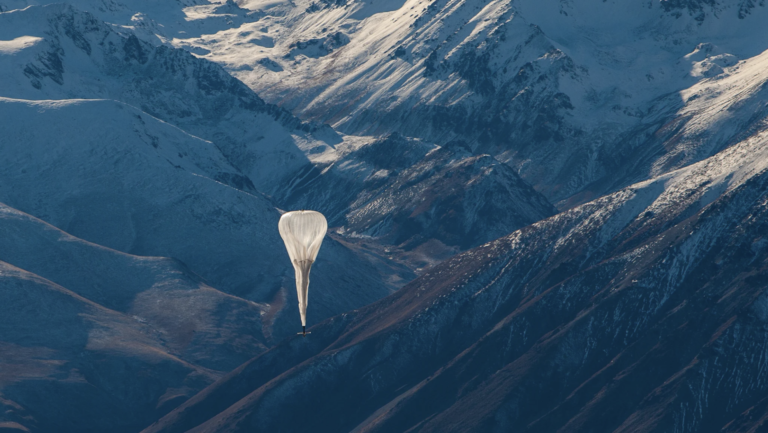A Stanford University researcher is using super-pressure balloon data to better understand gravity waves and in turn improve short-term forecasts of extreme weather and long-term climate change projections.
The project, called DataWave, is being led by atmospheric scientist Aditi Sheshadri and will leverage Loon balloon data, high-resolution simulations, and data-informed methods to understand the impact of gravity waves – tiny ripples that help drive the overall circulation of the atmosphere – on climate and improve their representation in climate models.
Loon, a spin-off of Google parent company Alphabet, has been launching super-pressure balloons into the atmosphere since 2013 to provide global internet coverage. The balloons have collected high-resolution position, temperature, pressure and wind observation data every 60 seconds. According to Sheshadri, this data represents an unprecedented source of information that can be used to better understand gravity waves.
“This is really, I think, the next frontier in understanding atmospheric dynamics,” said Aditi Sheshadri, an atmospheric scientist at Stanford’s School of Earth, Energy and Environmental Sciences (Stanford Earth) and principal investigator of DataWave, which is supported by Schmidt Futures’ Virtual Earth System Research Institute (VESRI). “There’s much to be done in terms of both observations, high-res simulations, and modeling of gravity waves.”
DataWave aims to make gravity wave statistics from Loon balloon data publicly available in order to assess the sources, propagation and breaking patterns of gravity waves. From there, the researchers will use machine learning to improve both short-term forecasts of extreme weather and long-term climate change projections.
“Current representations of gravity waves in climate models involve various simplifying assumptions,” added Sheshadri. “And yet, we know that if we take a climate model and change the estimates of gravity waves just a little bit, you fundamentally alter the climate.”
Sheshadri and her colleagues hope to better understand how gravity waves impact large-scale circulation patterns, including the polar vortex.



